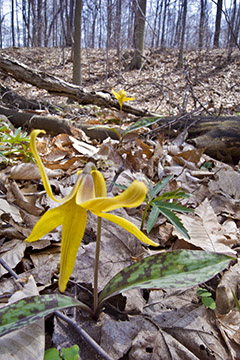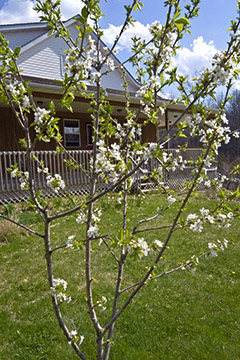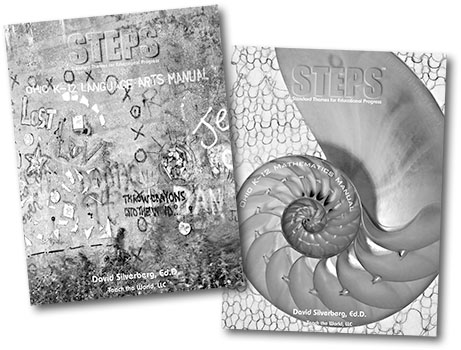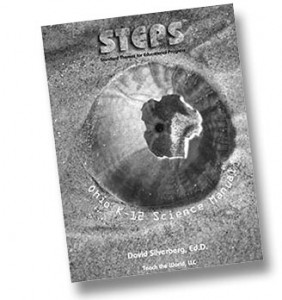Last week I had an opportunity to do an extended test of the new Canon EOS 5D Mk II digital camera. This is Canon’s latest “entry-level” professional DSLR camera body featuring a full-frame 21MP imaging chip, the latest DIGIC 4 image processor and built-in motion picture and sound recording capability to produce video in 1080p high-definition format. This camera had been the topic of speculation for almost a year prior to its introduction last October and has been a hot commodity in the marketplace with the supply of actual cameras just now beginning to catch up with the backorders.
To say I was overwhelmed by the performance of this marvel of modern photo technology would be putting it…well, wrong. Yes, the 21MP CMOS chip makes very large images (5616 X 3744 pixels) and the low-noise amplifiers allow respectable image quality at ISO 1600 or better, but, for me, the camera has two weaknesses that make the $2700 price tag seem way beyond what I would want to pay for such a beast.
First, the camera body does not seem all that sturdy mechanically. Let me emphasize that this is an impression not a documented statement of fact. I’m comparing this to the Canon EOS 1v 35mm camera body that I’ve been using for the last nine years. When you trip the shutter of the 1v, it feels solid—no vibration, no rattling, nothing shaking around inside. It also sounds solid—just a rapid series of soft but sharp clicks as the mirror swings up, the shutter opens then closes and the mirror returns to the viewing position. When you trip the shutter on the 5D Mk II, you hear a rapid series of ringing and chugging sounds that, while they are not loud and don’t sound like anything is breaking inside, they just don’t have the smoothness and solid sound that I’m used to hearing from my camera body which cost a thousand dollars less than the 5D. Will this camera have similar durability to the EOS 1v if used in near zero degree temperatures, driving rain or the heat of a desert? Only time will tell. Pay your money and take your chances.
The second problem I see with this camera is, unfortunately the result of one of its great strengths. The imaging chip is just a hair shy of the format of 35mm film making room for millions of extra pixels and allowing more space for each pixel site on the chip compared to the APS size chips that have been the mainstay of DSLR cameras for several years. This results in lower noise at any given ISO setting. That’s one reason why this camera can make acceptable images at ISO settings of 1600 and above. Its maximum setting is 25,600! However, with a chip this large, the light reaching the corners strikes the chip at an angle rather than coming straight in perpendicular to the chip surface. This causes some optical diffraction as the micro lenses that cover each pixel site on the chip are designed to accept light entering directly from the front. The result is that images have some very noticeable misregistration of red and green near the corners of the image. And this misregistration is different with each lens that you use.
This red/green offset can be corrected in RAW file processing software such as Adobe Camera RAW, but you need to set up the correction for every lens that you use and save that correction as a preset so that you can apply it to each image before processing your RAW files into TIFF format or whatever you need for printing or publication. I used a Porta-Pattern black and white checkerboard/resolution chart to check three different lenses and found that each lens required a different amount of correction to remove the red/green offset, so I had to make a Camera RAW lens correction preset for each lens. Oh, and by the way, zoom lenses may require separate correction settings for different focal lengths throughout its range. My 17~35mm f/2.8 EF L lens required different settings for 17mm, 24mm and 35mm focal lengths.
Imagine shooting 200 images with four different lenses and then having to remember which lens correction preset to use in Camera RAW for which images. You would need to check the file info metadata to be sure you chose the correct preset for each image. Mistakes will be made.
In all fairness, this red/green offset is an OPTICAL phenomenon which is caused ultimately by the design of the lens and the chip as an optical system. Large format lens manufacturers such as Schneider, Rodenstock and Zeiss have dealt with this for several years now by designing special digital lenses which have large rear elements that can project light rays to the image plane so that the rays reaching the corners of the chip fall almost perpendicular to the chip surface. Moreover, large format lense are designed to project an image circle large enough to cover film formats of 4 X 5 inches and beyond. So the small area of even the largest imaging chips in use today is pretty much a piece of cake for a lens that covers an image circle that’s 15cm or more in diameter. Designing such a lens to fit into a DSLR camera body would be very costly, if it could be done at all.
So, is the EOS 5D Mk II a bad camera? Certainly not. It will do things that would be difficult or impossible to duplicate with other equipment. Would I use it for my professional work. Well, only if the client’s expectations could not be met with my current equipment and ONLY if I had at least one back-up body AND a budget for post-processing of the RAW files. Is it worth the $2700 price tag? You can spend your money however you want.










